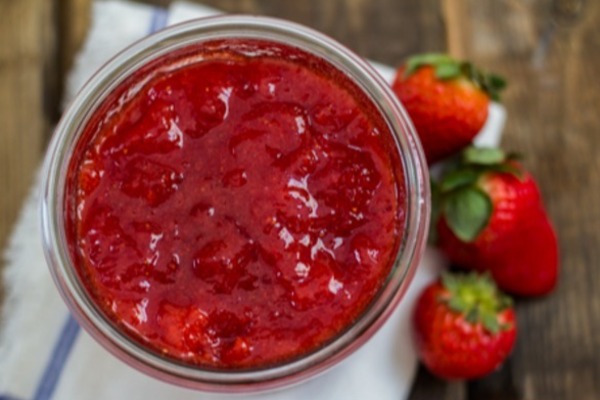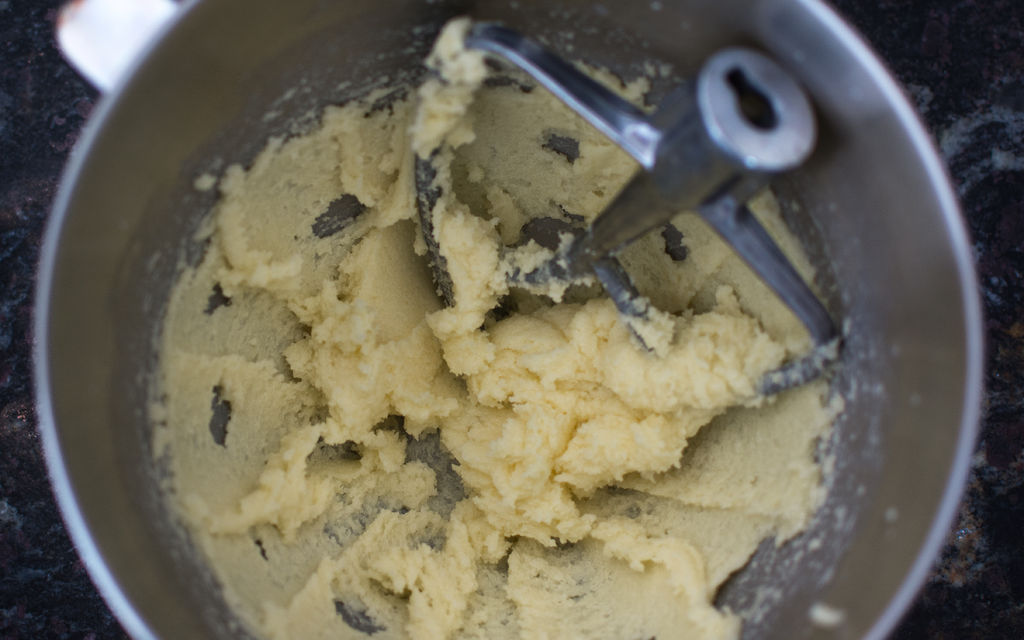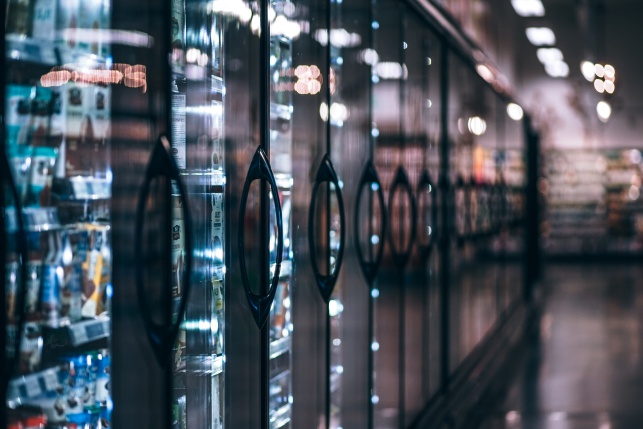Mention sugar and the first thing that comes to mind is sweet. Sure, sugar is a sweetener that can naturally occur in fruits, honey. dairy or added to soft drinks, but it is also so much more than that.
Over the years, sugar has gained something of a bad rap for its negative effects on health. However, sugar was once regarded as a medicine and even seen as a status symbol due to its high price.
White refined sugar aka sucrose is the most widely used, ever since its availability was increased back in the late 1880s, resulting in a reduction of the price of the commodity. There are also other types of sugar such as brown sugar and palm sugar which is used to impart characteristic flavours and colours to food.
They are generally used as sweeteners in cooking and baking. Sugars come in many forms such as powdered, granulated and syrup, and it all depends on how it will be used. For instance, sugar syrup is used in beverages and powdered sugar is used for confectionery.
It also balances the flavour when acidic and bitter tastes are present. It can interact with other ingredients to enhance or lessen certain flavours. For example, it can counter acidity and bitterness in tomato sauce and mayonnaise.
With added sweetness, food such as sour fruits and porridge becomes more palatable and consumption is increased. It is also widely used in Chinese cooking to improve the overall taste of dishes.
Sugar is also used to impart a brown color to many cooked foods. The Maillard reaction is a chemical reaction that gives baked products a golden-brown crust when the combination of either glucose or fructose and proteins are subjected to heat. Caramelisation is a process that breaks down sucrose, glucose or fructose to a variety of sauces, jams, candies and so on.

Like salt, sugar is also a preservative. It functions as a humectant ie. maintain and stabilise the water content in foods. The use of sugar helps to prevent or slow the growth of bacteria, moulds and yeast in food like jam and preserves. It also prolongs the shelf life of many foods on supermarket shelves and is used extensively in home-based food preservation.

Sugar is also a bulking agent, and this in turn improves the texture and mouthfeel of many food. In baking, it gives baked products a certain lightness by interacting with leavening agents to create small air cells. It also helps to encourage or stop surface cracking on cookies, cakes and biscuits and can interact with egg proteins to stabilise the whipped foam texture in batter. In addition, it also helps make frozen dairy products more smooth.

It adds viscosity and provides a certain body or thickness in many types of drinks and in semi-liquid foods like syrups, chutneys and sweet sauces. Similarly, it is also an anticoagulant, which is useful for products such as baked custards and other desserts.
Sugars are also responsible for fermentation. Yeast helps to convert sugars to ethanol and is used to make alcoholic beverages. The sugars found in grapes, grains, honey and fruits are used in the production of wine, beer and whisky, mead and ciders respectively. It also aids in the fermentation of many common food such as yogurt, vinegar, sour cream, cheese, soy sauce and sauerkraut. Yeast also causes sugar to convert into carbon dioxide and makes bread rise as the bubbles push the moist dough up and outward.
At this point, it might become clear that reducing the amount of sugar in food is not as straightforward as one might think. With sugar being responsible for many of the properties in food, any changes will affect the taste, texture and appearance. Thus a reformulation is a tedious process and sometimes it is only possible to replace it with another compound that might have the same amount of calories.



